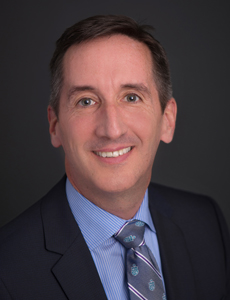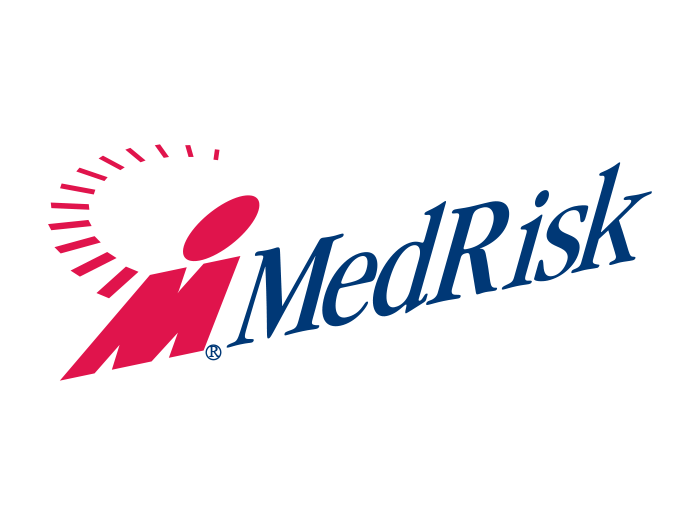The Reckoning is Here for the Medical Professional Liability Market. Here’s What Will Change

Several challenges are converging to drive disruption in the medical professional liability market for the first time in 10 years. Adverse litigation trends, with an increased frequency of severe claims, piling atop years of poor market results, have brought the market to a tipping point, prompting carriers to address rate adequacy, where necessary.
BHSI’s Leo Carroll, SVP and Head of Healthcare, shared his perspective on these market changes.
R&I: What’s the state of the medical professional liability market right now?
Leo Carroll: Gray skies, with intermittent storms. After a three-year stretch of underwriting losses, with average combined ratios above 100, the question is whether such results will continue for a fourth consecutive year. Now in the fourth quarter of 2018, the evidence points in that direction.
In the last six months, more than any other time in recent memory, we’re seeing a number of carriers in this space re-underwriting risks and even withdrawing from select geographies.
R&I: What’s driving this challenging environment?
LC: Primarily, increasing frequency of severe claims fueled by rising verdict and settlement values drives this environment. Over the last three years there has been a steady uptick in judgments exceeding $10 million, many coming in venues not traditionally considered high risk.
Jurisdictions like New York City, Philadelphia, Cook County in Chicago and Dade County, Florida were known for their severe verdicts. But now we see similar activity on the West Coast, in the Midwest and in New England – places formerly considered moderate compared to those jurisdictions that have historically been dubbed “judicial hellholes.”
Pre-verdict settlements are not typically part of the public record, but a chorus of feedback from insurance carriers confirms that settlement activity is mirroring verdict trends. Large publicized verdicts are influencing public perception around the value of cases and the damage awards claimants deserve.
R&I: Why are verdicts increasing in the first place? What’s driving up the value of these cases?
LC: Several factors. Pure medical inflation is one. Another is the continuing plaintiff’s tactics of creating an adversarial, ‘finger-pointing’ climate among doctors, nurses and hospitals.
But plaintiffs continue to find ways to ignite the blame game among parties in order to inflate values and sway a juror’s view of the care provided. This strategy typically increases both the ultimate settlement value and the cost of defense, while eliminating opportunities for early resolution.
Historically, most physicians were insured separately, independent of their hospital. Hospitals carry higher limits by comparison. With more physicians now employed by hospitals, the aim is, theoretically, an all-inclusive insurance program and unified defense. But plaintiffs continue to find ways to ignite the blame game among parties in order to inflate values and sway a juror’s view of the care provided. This strategy typically increases both the ultimate settlement value and the cost of defense, while eliminating opportunities for early resolution.
R&I: We’ve written about the jury mentality before. How is that contributing to rising claims costs?
LC: Jury mentality appears to be more punitive, perhaps a reflection of the overall frustration and uncertainty around our system of health care in the US. While taking a sympathetic view of how much claimants should be compensated for physical limitations, pain and suffering, juries also send a message of warning to the physician or hospital that caused an injury. We are seeing more verdicts that bear little resemblance to the actual costs of future damages.
The erosion of tort caps on compensatory damages could allow verdicts to go even higher. While some states have been successful at upholding damage caps, these limits continue to be challenged. In the current political climate, high-dollar cases in one state may spark legislative activity in other states with caps.
R&I: How is the market responding to increasing severity that shows no signs of abating? Is a change coming?
LC: I think a reckoning based on poor results is already unfolding. For the first time in a decade, there is disruption. More carriers are starting to say “no” to the status quo, looking more carefully at policy language, terms and conditions. Multi-year agreements are more narrow in their parameters.
We’ve seen surplus capital in the medical liability space drop by 30 percent. Reserve redundancies are diminishing from prior years, so the market is no longer able to mask actual current year results.
Underwriting discipline is increasing. Do the renewing terms and conditions make sense based on the insured’s loss experience and current risk profile? More carriers are making appropriate adjustments to reflect the risk profile. It doesn’t automatically make sense to carry forward assumptions of the past in a changing environment.
We’ve seen surplus capital in the medical liability space drop by 30 percent. Reserve redundancies are diminishing from prior years, so the market is no longer able to mask actual current year results. While in the past a carrier could have been buffered by prior year results, that’s no longer an option to the same extent.
R&I: Does that mean rates are going up? How does that affect the competitive landscape?
LC: Yes, in some cases, rates are rising. Brokers, customers and carriers are having open and candid conversations about the importance of a healthy market and the need to act to ensure long term stability.
Over the past several years, there has been a good deal of rationalizing and failure to timely respond to about deteriorating conditions and poor results, and a reluctance to make corrections needed for the overall health of the marketplace.
Now we’re reaching a point where the industry is behind, and serious improvements are necessary. Together, we need to provide solutions that work in a sustainable way – and we are committed to doing that.
R&I: Speaking of changes, are there any other emerging risks in healthcare that you’re paying attention to?
LC: We’ve spent quite a bit of time assessing the emerging exposure around opioid abuse and tracking the evolving litigation in this space. Manufacturers and distributors were the original litigation targets. Now we’re seeing pharmacy benefit managers and some physicians facing claims. There is quite a bit of discussion about where this litigation trend is heading next. &
Click here to read Part 2 of this Q&A about opioid litigation.











